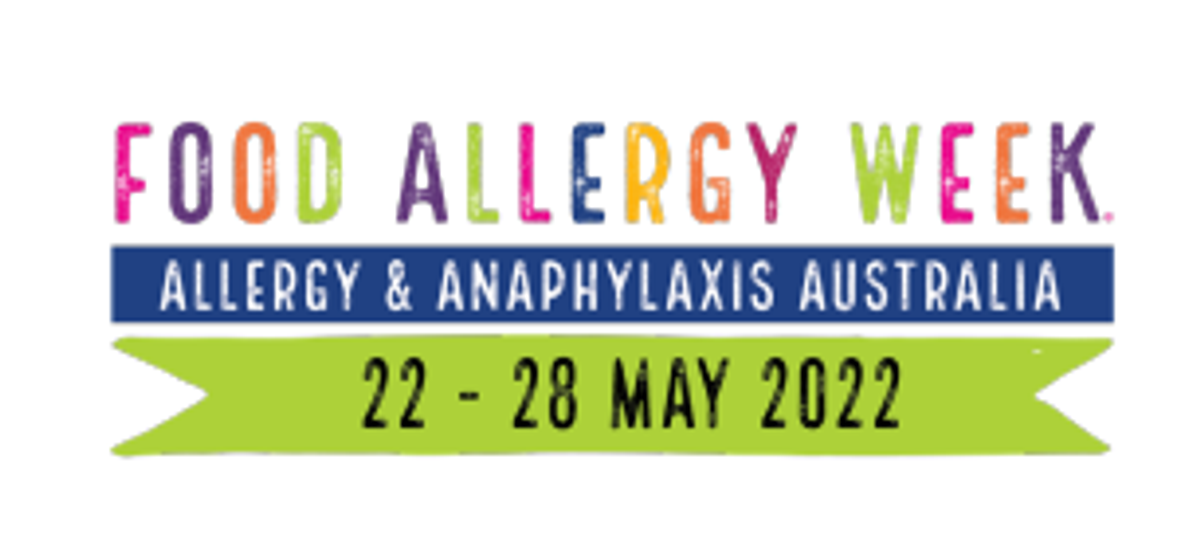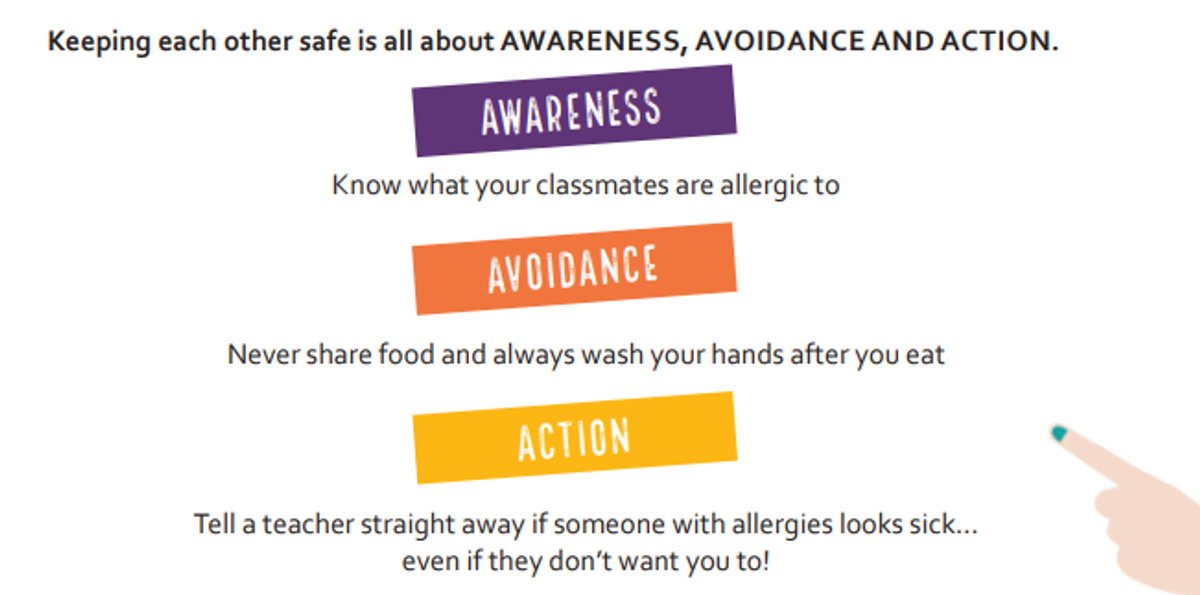Food Allergy Week
FOOD ALLERGY BASICS:
What is food allergy?
Food allergy is an immune system response to a food protein that the body (mistakenly) believes is harmful. When a food which a person is allergic to is eaten, the immune system releases massive amounts of chemicals, triggering potentially life-threatening symptoms. Currently there is no cure for food allergy, avoidance is the only way to prevent a reaction.
What are the signs and symptoms of food allergy?
Food allergic reactions can range from mild to severe, severe being what we call anaphylaxis. Symptoms usually appear within two hours of a person eating a food (even a small amount) they are allergic to.
What does a food allergy reaction look like?
Mild to moderate allergic reaction:
• swelling of the face, lips and eyes
• hives or welts
• tingling mouth
• abdominal pain, vomiting (these are signs of a severe allergic reaction to insects)
Severe allergic reaction (anaphylaxis):
• difficult/noisy breathing
• swelling of the tongue
• swelling/tightness of the throat
• difficulty talking and/or hoarse voice
• wheeze or persistent cough
• persistent dizziness or collapse
• pale and floppy (young children)
What foods can cause food allergy?
Any food can trigger an allergic reaction and there are more than 170 foods reported to have caused a severe reaction.
However, there are ten foods that cause 90 per cent of reactions, which are:
• peanuts • treenuts (e.g. almonds, walnuts, cashews) • egg • cow’s milk • sesame • fish • shellfish (e.g. oysters, prawns) • soy • wheat • lupin
How can we help?
Do you know how to use an Epipen?
To see a video on using an Epipen go HERE.
To learn more about Food Allergy Week, click here.



